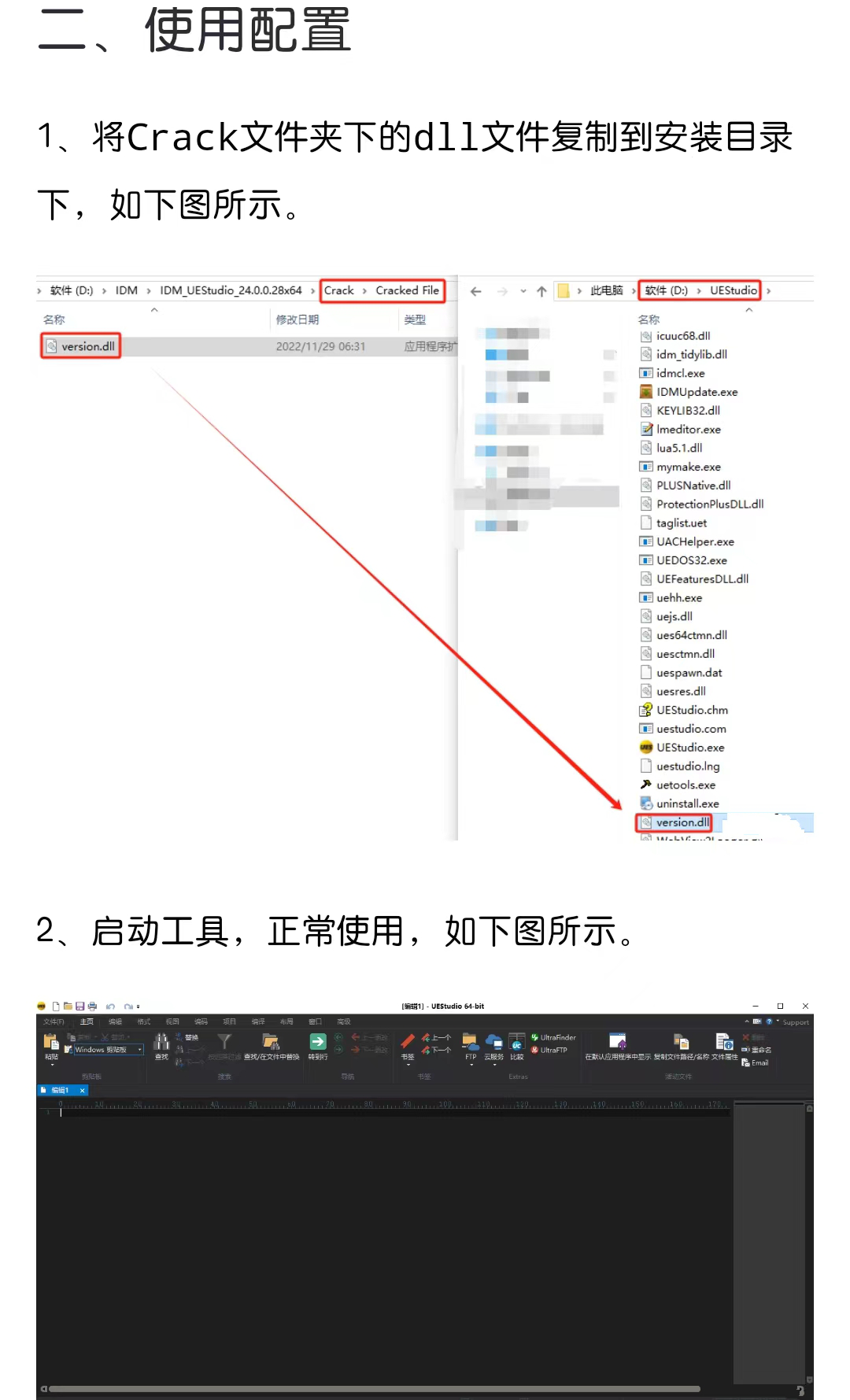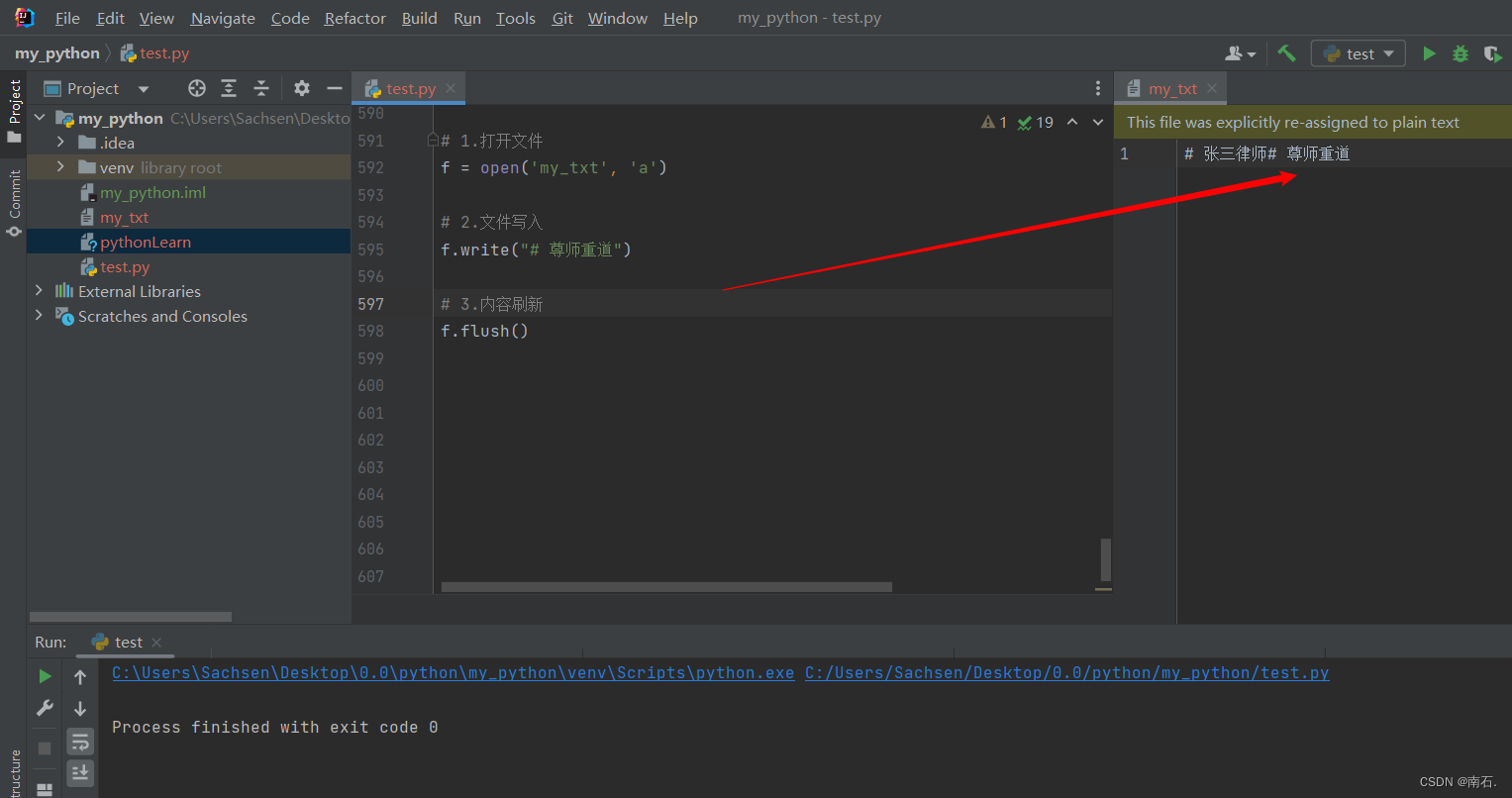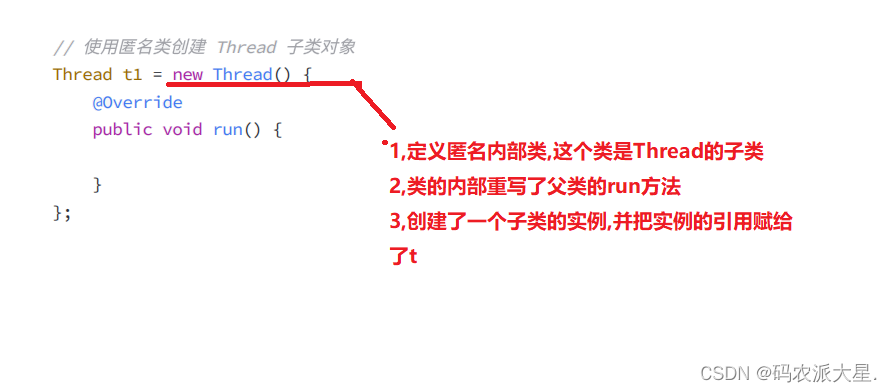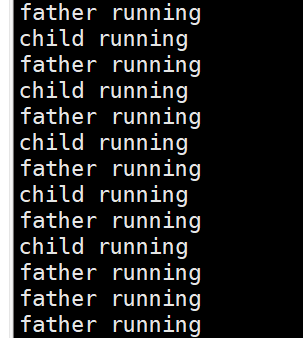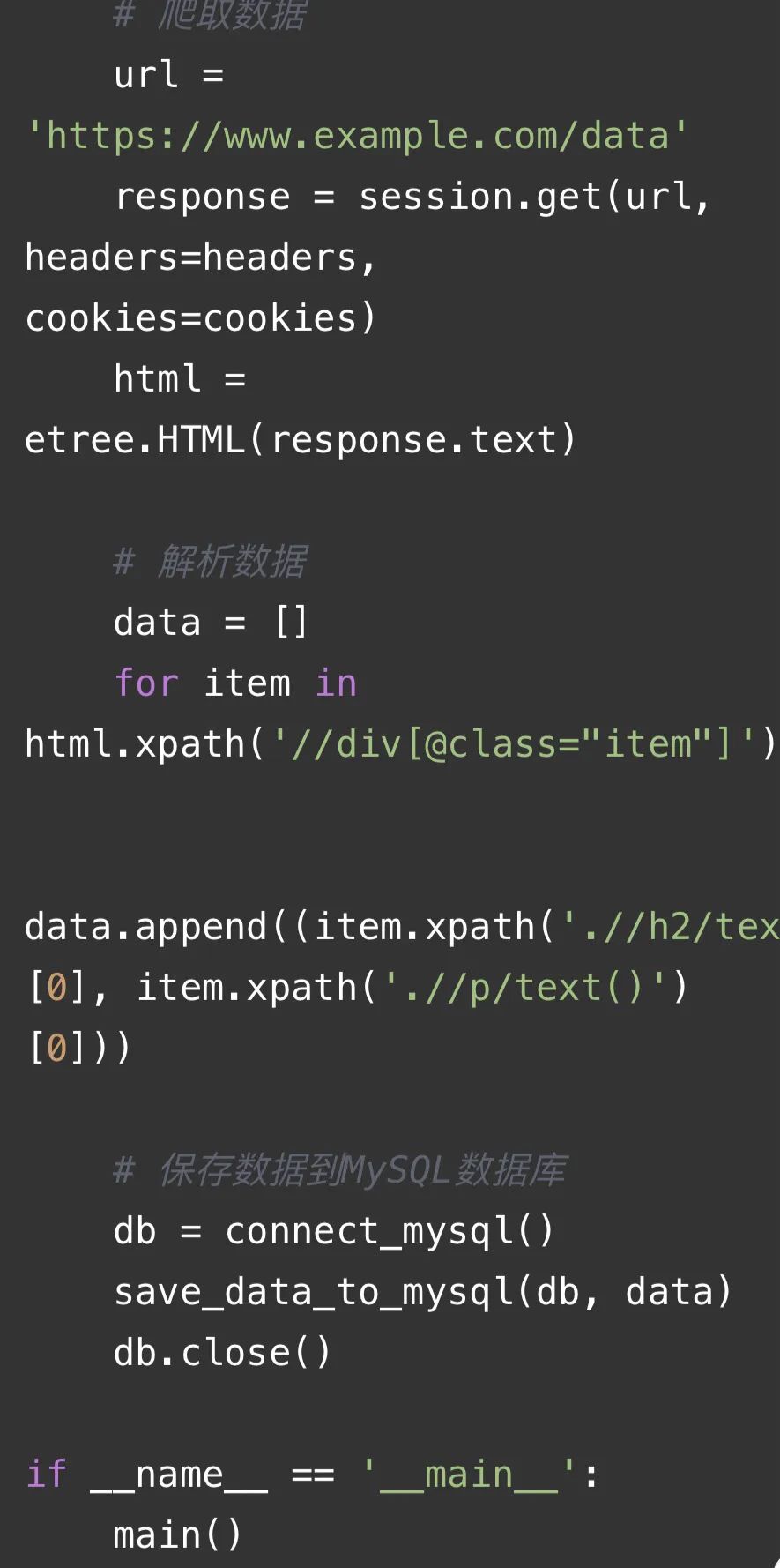测试环境
本文选用pc1作为客户端,pc2,以及一台虚拟机作为服务端。
- pc1,pc2(客户端):

- 虚拟机(服务端):
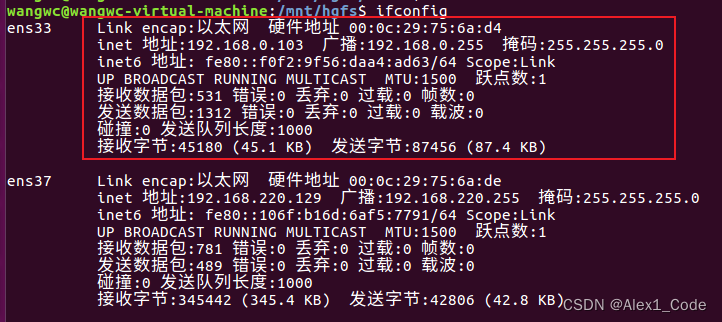
客户端
- 原理:客户端通过发送广播消息信息到ip:255.255.255.255(QHostAddress::Broadcast),局域网内的所有设备收到该消息回复客户端即可。客户端通过收到的回复统计当前有哪些设备在线。
- 获取到本地的IP,getLocalIP函数获取到过滤了虚拟机网卡以及本地回环网卡后的ip地址。

#include "udpclient.h"
#include <QDebug>
#include <QHostInfo>
#include <QNetworkInterface>
#include <iostream>udpClient::udpClient(QObject *parent) : QObject(parent)
{QString localIp = getLocalIP();udpSocket = new QUdpSocket;udpSocket->bind(QHostAddress(localIp),2001);connect(udpSocket,&QUdpSocket::readyRead,this,&udpClient::processData);}QString udpClient::getLocalIP() {QList<QNetworkInterface> interfaces = QNetworkInterface::allInterfaces();foreach (const QNetworkInterface &interface, interfaces) {QList<QNetworkAddressEntry> entries = interface.addressEntries();qDebug()<<"name:"<<interface.humanReadableName()<<endl;if(interface.humanReadableName().contains("Loopback") ||interface.humanReadableName().contains("VMware Network Adapter")){continue;}foreach (const QNetworkAddressEntry &entry, entries) {if (entry.ip().protocol() == QAbstractSocket::IPv4Protocol) {qDebug() << "Local IP Address: " << entry.ip().toString()<< endl;}}}return QString();
}udpClient::~udpClient()
{if(udpSocket){delete udpSocket;}
}void udpClient::sendBroadCast()
{QByteArray datagram = "Device Discovery";udpSocket->writeDatagram(datagram,QHostAddress::Broadcast,8888);
}void udpClient::processData()
{while(udpSocket->hasPendingDatagrams()){QByteArray datagram;datagram.resize(udpSocket->pendingDatagramSize());QHostAddress sender;quint16 senderPort;udpSocket->readDatagram(datagram.data(), datagram.size(), &sender, &senderPort);qDebug() << "Received response from: " << sender.toString()<<"port:"<<senderPort << endl;}
}服务端
#include "udpserver.h"
#include <iostream>udpServer::udpServer(QObject *parent) : QObject(parent)
{udpSocket = new QUdpSocket(this);udpSocket->bind(QHostAddress::Any, 8888);connect(udpSocket, &QUdpSocket::readyRead, this, &udpServer::processPendingDatagrams);}void udpServer::processPendingDatagrams()
{while (udpSocket->hasPendingDatagrams()) {QByteArray datagram;datagram.resize(udpSocket->pendingDatagramSize());QHostAddress sender;quint16 senderPort;udpSocket->readDatagram(datagram.data(), datagram.size(), &sender, &senderPort);std::cout << "Received discovery message: " << datagram.data() << std::endl;QByteArray response = "Device Found";udpSocket->writeDatagram(response, sender, senderPort);}
}输出效果


优化
- 对客户端增加定时器,同时将客户端对象移动到一个线程中,这样就可以定时轮询设备发现了。
#include "udpclient.h"
#include <QDebug>
#include <QHostInfo>
#include <QNetworkInterface>
#include <iostream>
#include <QTimer>
#include <QThread>udpClient::udpClient(QObject *parent) : QObject(parent)
{qDebug()<<"thread id1:"<<QThread::currentThreadId()<<endl;
}void udpClient::createSocket()
{qDebug()<<"thread id2:"<<QThread::currentThreadId()<<endl;QString localIp = getLocalIP();udpSocket = new QUdpSocket;udpSocket->bind(QHostAddress(localIp),2001);connect(udpSocket,&QUdpSocket::readyRead,this,&udpClient::processData);
}QString udpClient::getLocalIP() {QList<QNetworkInterface> interfaces = QNetworkInterface::allInterfaces();foreach (const QNetworkInterface &interface, interfaces) {QList<QNetworkAddressEntry> entries = interface.addressEntries();qDebug()<<"name:"<<interface.humanReadableName()<<endl;if(interface.humanReadableName().contains("Loopback") ||interface.humanReadableName().contains("VMware Network Adapter")){continue;}foreach (const QNetworkAddressEntry &entry, entries) {if (entry.ip().protocol() == QAbstractSocket::IPv4Protocol) {qDebug() << "Local IP Address: " << entry.ip().toString()<< endl;}}}return QString();
}udpClient::~udpClient()
{if(udpSocket){delete udpSocket;}
}void udpClient::sendBroadCast()
{QByteArray datagram = "Device Discovery";udpSocket->writeDatagram(datagram,QHostAddress::Broadcast,8888);qDebug()<<"sendBroadCast,thread id:"<<QThread::currentThreadId()<<endl;
}void udpClient::processData()
{while(udpSocket->hasPendingDatagrams()){QByteArray datagram;datagram.resize(udpSocket->pendingDatagramSize());QHostAddress sender;quint16 senderPort;udpSocket->readDatagram(datagram.data(), datagram.size(), &sender, &senderPort);result.push_back(IpInfo(sender.toString(),senderPort));qDebug() << "Received response from: " << sender.toString()<<"port:"<<senderPort << endl;}
}void tcpConnect(QString& ip, quint16 port)
{}#include "widget.h"
#include "ui_widget.h"
#include <QTimer>
#include <QEventLoop>Widget::Widget(QWidget *parent): QWidget(parent), ui(new Ui::Widget)
{ui->setupUi(this);client = new udpClient;connect(ui->pushButton,&QPushButton::clicked,client,&udpClient::sendBroadCast);thread = new QThread;connect(thread,&QThread::finished,client,&QObject::deleteLater);connect(thread,&QThread::started,client,&udpClient::createSocket);client->moveToThread(thread);timer = new QTimer(this);connect(timer,&QTimer::timeout,client,&udpClient::sendBroadCast);timer->setInterval(500);thread->start();
// QEventLoop loop;
// QTimer::singleShot(500,&loop,&QEventLoop::quit);
// loop.exec();timer->start();qDebug()<<"thread id:"<<QThread::currentThreadId()<<endl;
}Widget::~Widget()
{delete ui;thread->quit();thread->wait();delete thread;thread=nullptr;
}
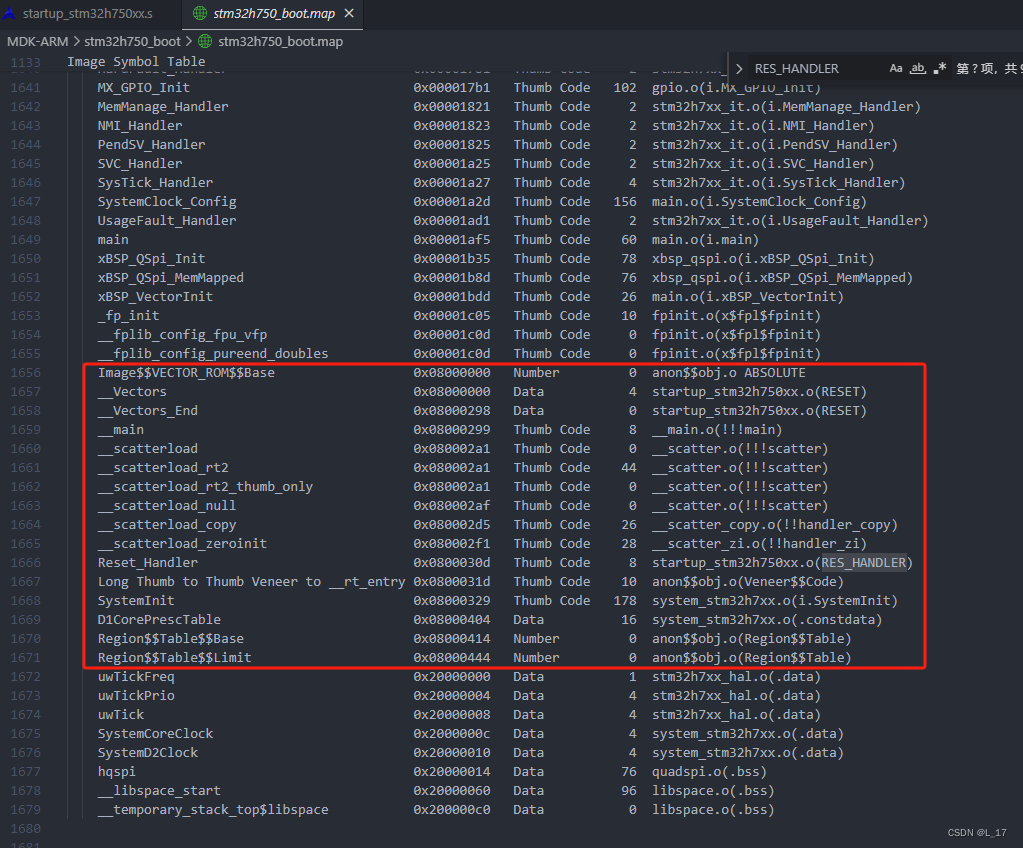

![[Vue-常见错误]浏览器显示Uncaught runtime errors](https://img-blog.csdnimg.cn/direct/8afee6e64cc548f29f14b90db8148361.png)
